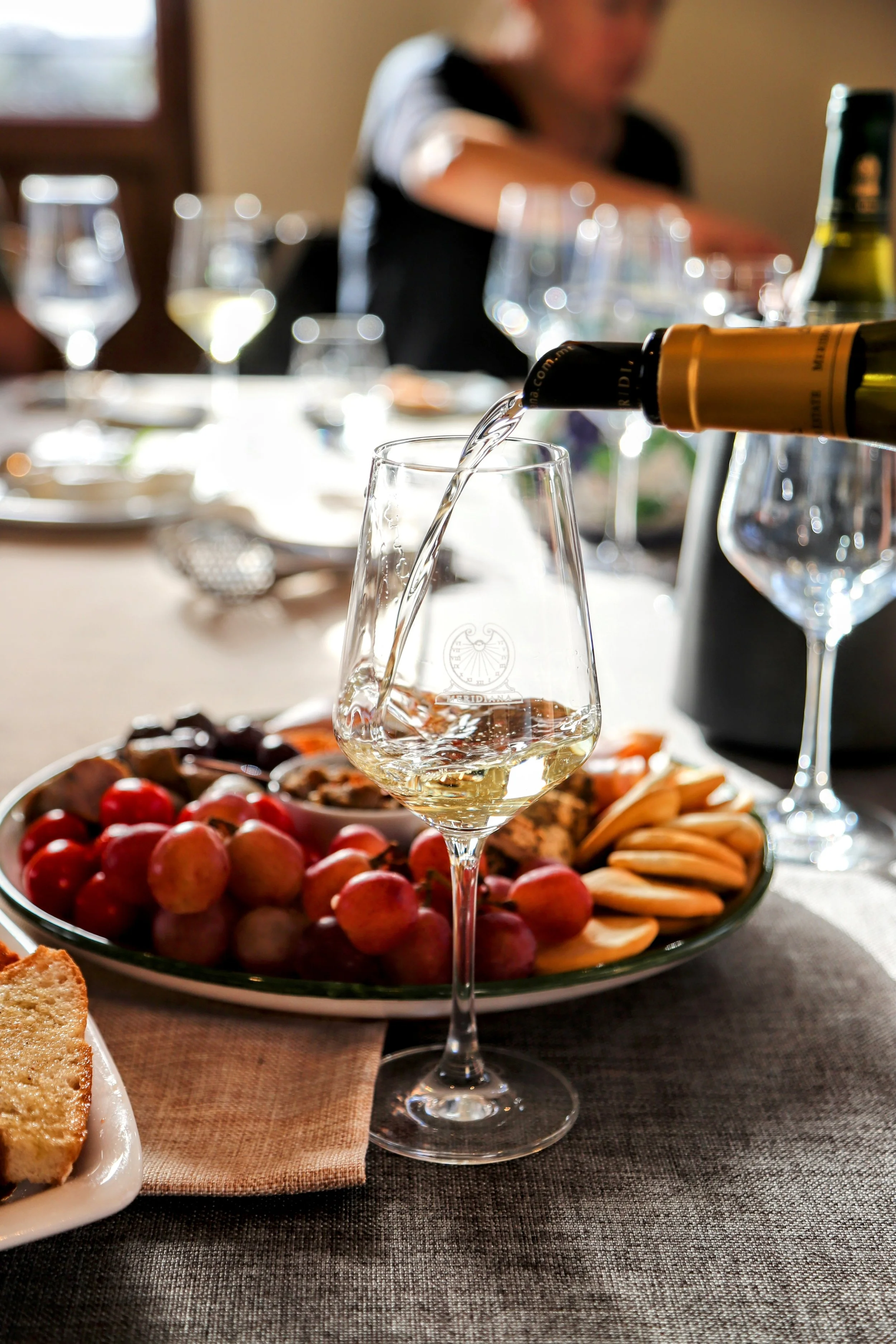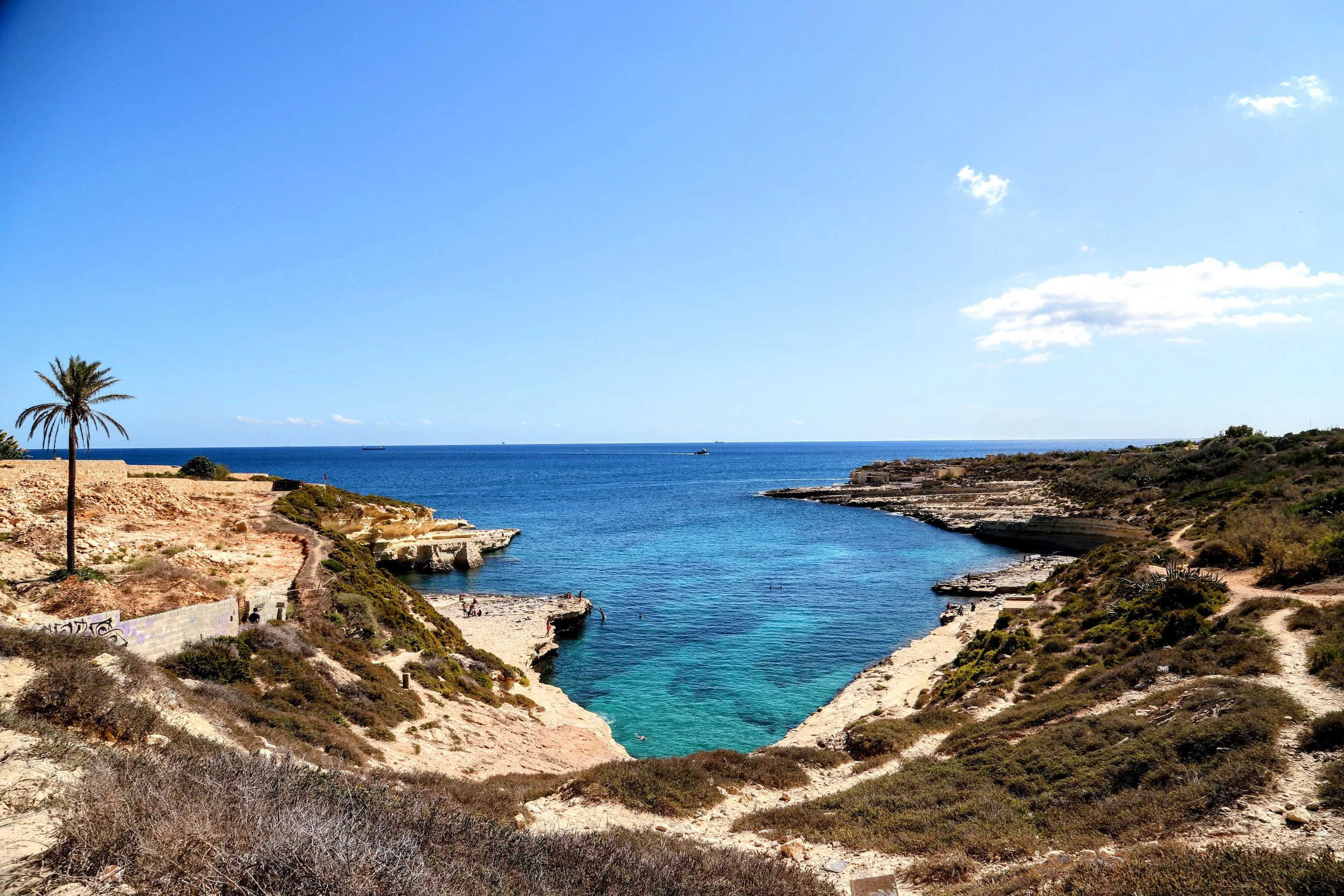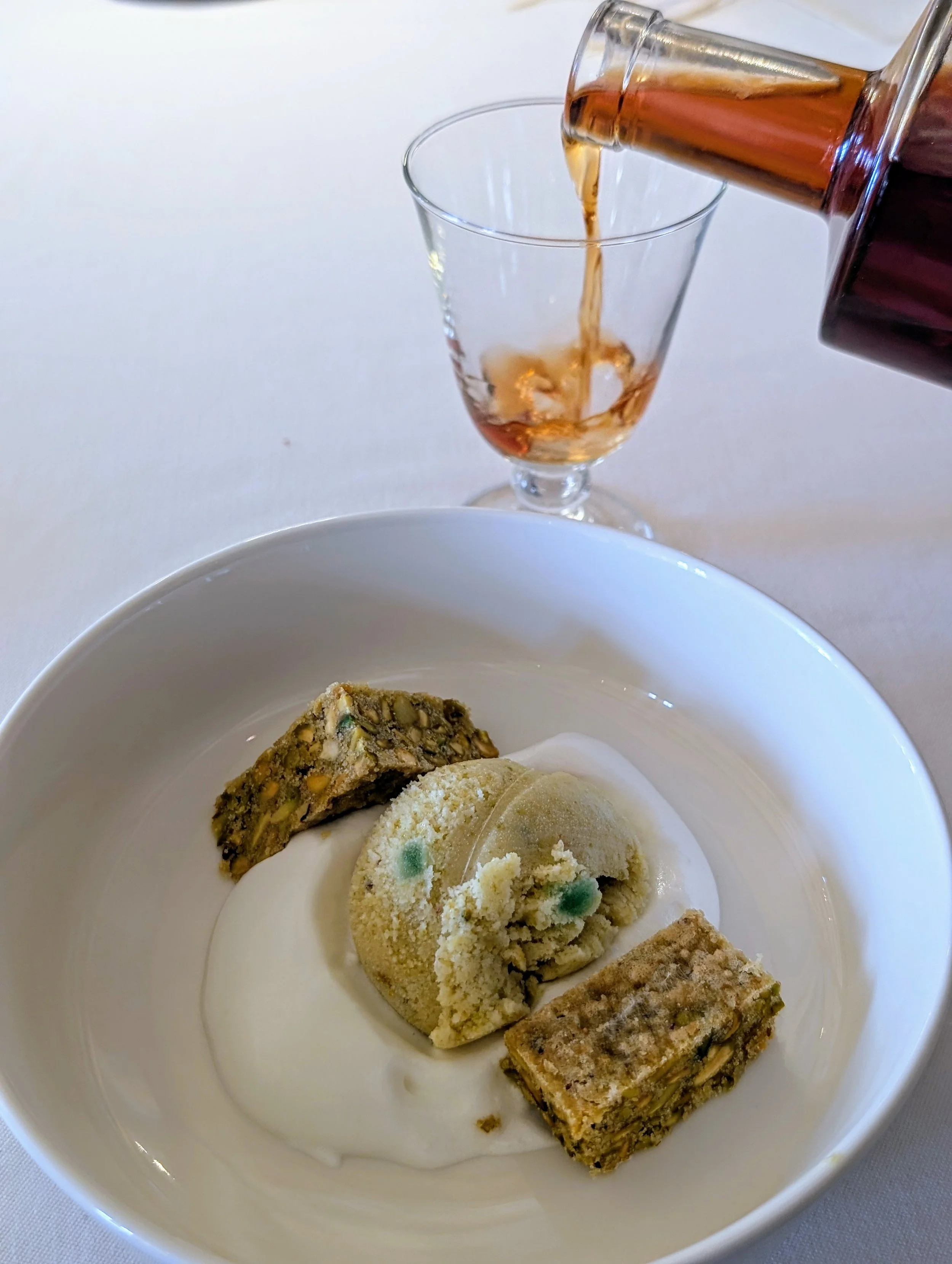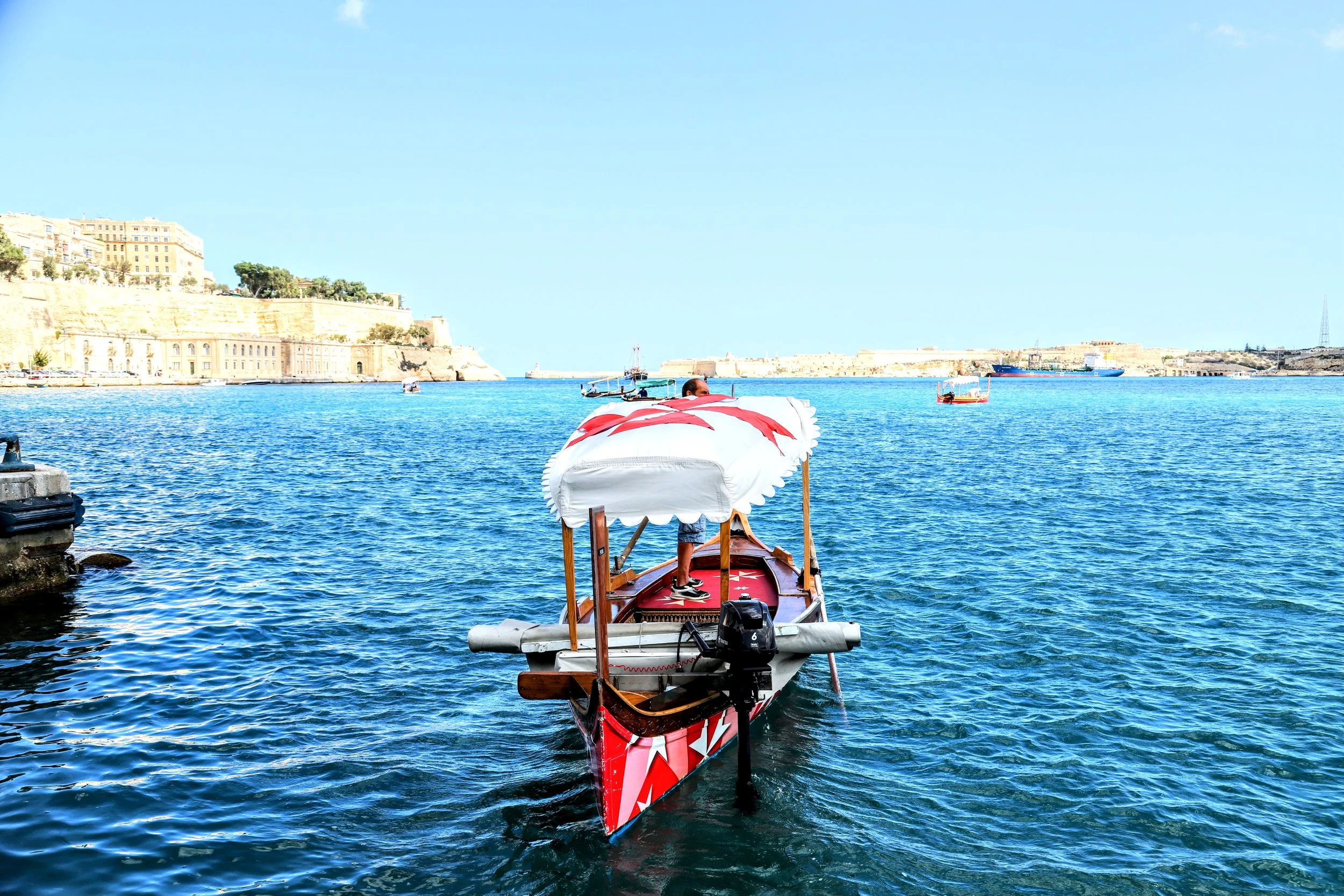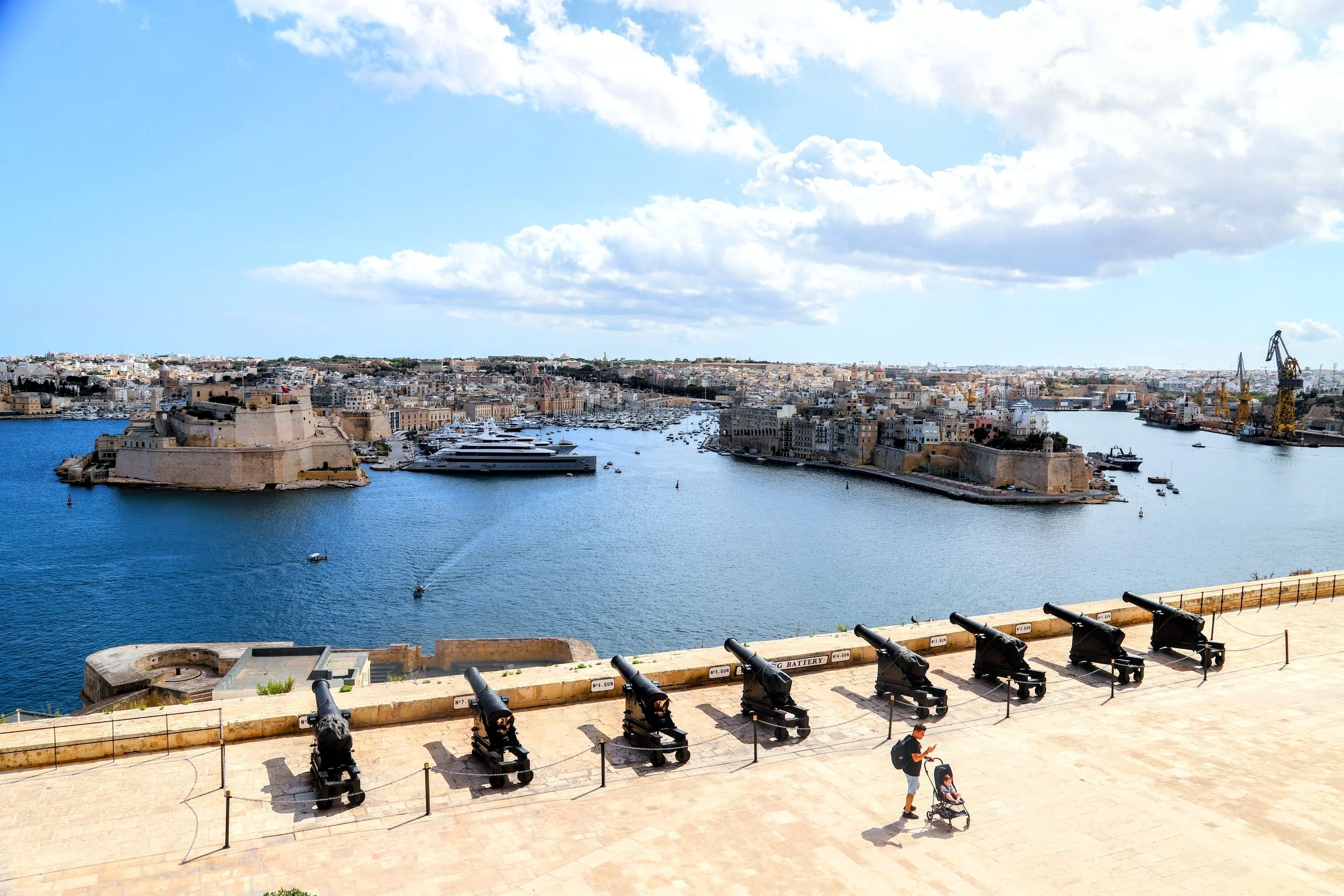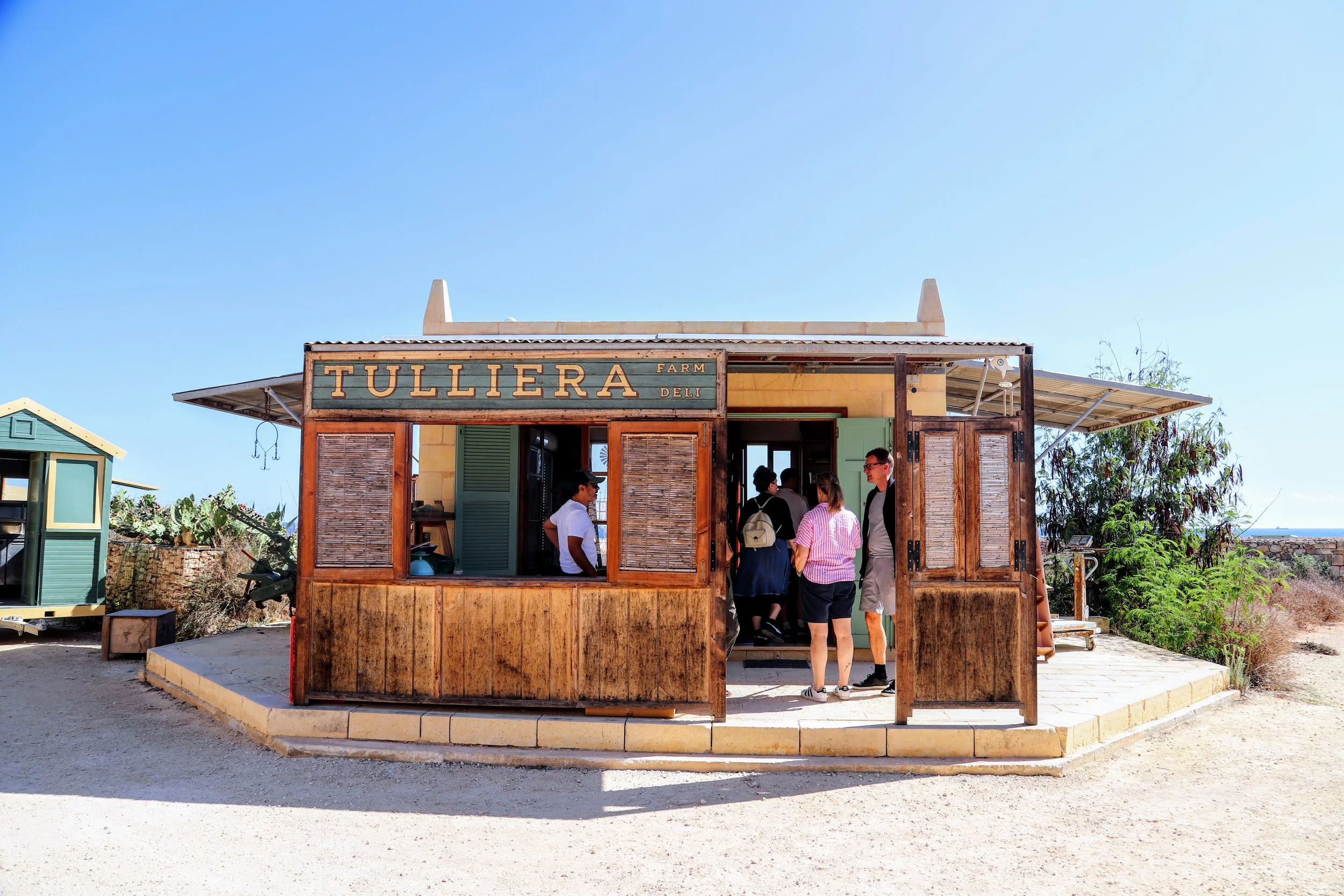
MALTA 2024
Malta: A Culinary Destination Shaped by History and Heritage
Malta's culinary identity is a rich tapestry woven from centuries of cultural influences, the Mediterranean's vibrant flavours, and the resilience of an island nation.
Their story unfolds through slow-cooked stews, nourishing dishes like Soppa tal-Armla, and rabbit prepared in myriad ways. The distinct tastes of local Ġbejna cheese and honey further highlight the island's culinary heritage. Embracing the tradition of cucina povera—simple yet inventive—Malta's cuisine is a testament to its survival and adaptability. From the hearty, red-soiled fields that produce ftira and seasonal crops to the borrowed flavours that have shaped its history, Malta offers an exotic culinary journey.
Malta’s culinary heritage is deeply rooted with sustainable potential—a true taste of the Mediterranean that invites exploration and discovery.
The Mediterranean’s Center for Exploration & Discovery
Malta’s culinary identity tells a powerful story—one shaped by more than 7,000 years of continuous settlement. Located at the crossroads of Europe, North Africa, and the Middle East, the archipelago has hosted a remarkable succession of civilizations, including the Phoenicians, Romans, Arabs, Normans, the Knights of St. John, and the British, to name a few. Each culture left its mark—none more enduring than its influence on Maltese food traditions.
Today, Malta is fast becoming one of the Mediterranean’s most compelling culinary tourism destinations. This is largely due to the efforts of local chefs, producers, and curators who are preserving and promoting Malta's culinary heritage. They are drawing from centuries of history to build a forward-facing gastronomy scene rooted in place, people, and story.
Visitors explore this legacy through dishes like ġbejna (a tangy sheep’s or goat’s milk cheese), ftira (a crusty, sourdough flatbread), soppa tal-armla (hearty “widow’s soup”), and rabbit stew, one of Malta’s most iconic meals. These are not just recipes—they are expressions of identity shaped by survival, celebration, and most importantly, shared table traditions that connect us all.
Malta’s culinary sector also leads in innovation. Michelin-starred restaurants like NONI reinterpret traditional recipes for modern palates, while immersive programs, such as Taste History at the Maritime Museum, serve menus based on archival research, offering guests a tangible link between the past and the present. Meanwhile, initiatives like Tulliera Farm Deli fuse agrotourism, sustainability, and culinary education, providing a hands-on introduction to local food systems and regenerative practices.
Malta’s red-soiled agriculture, small-scale producers, and intimate food culture give it a unique edge. It’s not just about what’s on the plate, but how it got there—and who you share it with. The island’s commitment to slow food, storytelling, and sustainable practices makes it an ideal location for gastronomy-focused travel, chef residencies, and international collaborations.
“Every dish carries a memory and every ingredient a legacy. Food is how we tell our stories, preserve our culture, and make sense of where we’ve been—and where we’re going.”
Tulliera Farm Deli, a visionary approach to sustainability, agritourism, and indigenous farming practices.
Ta’ Cicivett Farm hands-on, engaging experience with exceptional hosts
Meridiana Winery, local viticulture and insights into wine production, with standout wines like the Fenici Red.
Photos (c) Chef Richard Gruica
Taste History at the Maritime Museum a meaningful exploration of Maltese culinary heritage.
NONI Restaurant, Michelin-level gastronomy and authentic hospitality.

